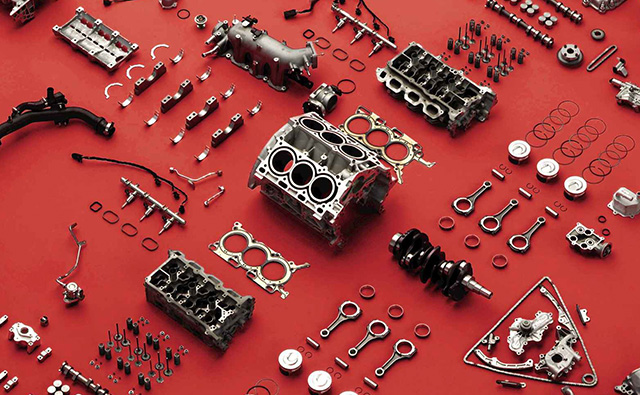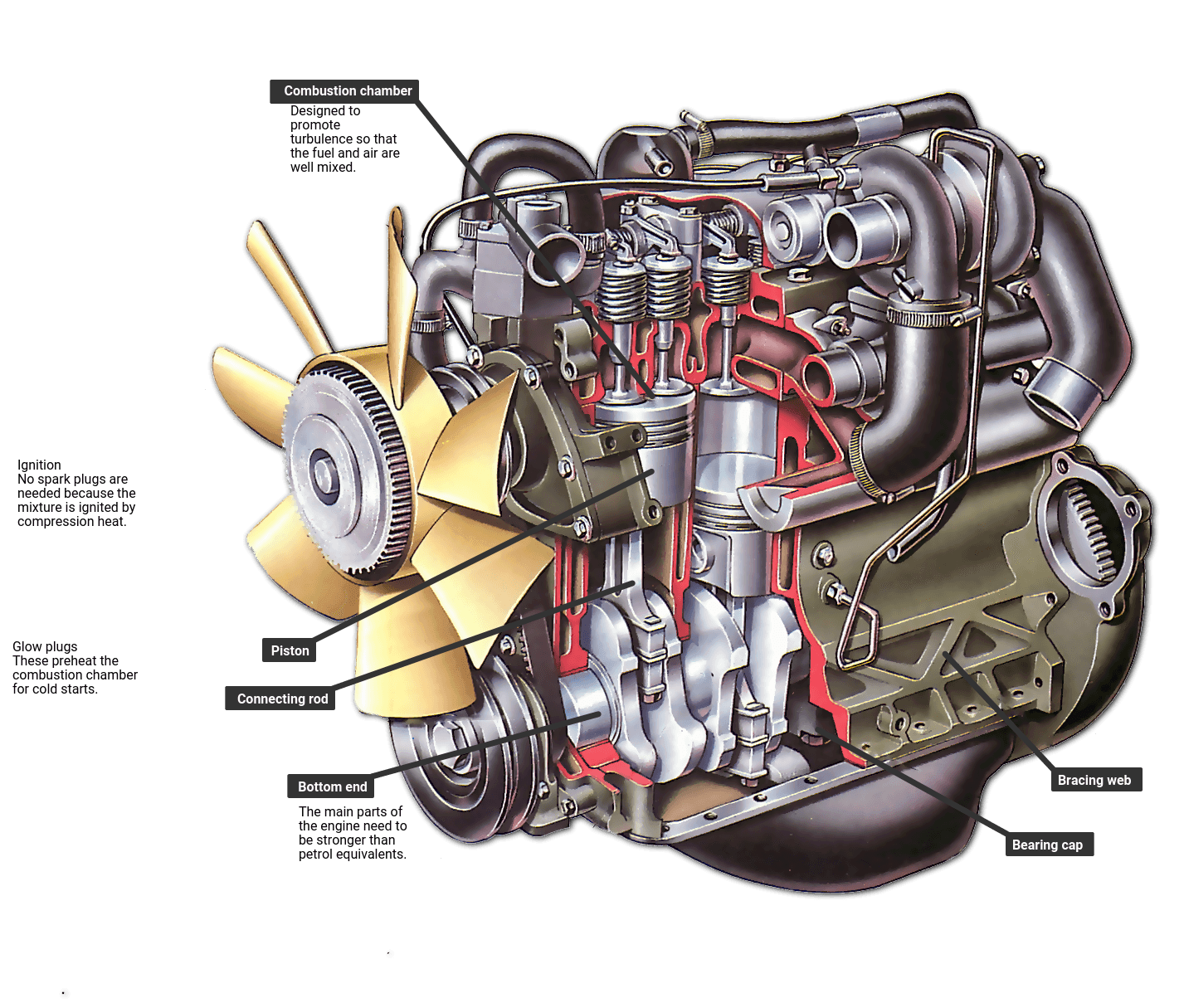Shop Engines for Africa and More at Our Comprehensive Car Parts Store
Shop Engines for Africa and More at Our Comprehensive Car Parts Store
Blog Article
The Mission for Ultimate Driving Power: Checking Out the Pinnacle of Engine Efficiency and Technological Innovations in the Automotive Sector
In the realm of auto design, the pursuit of optimum driving power has been a relentless mission that has actually unravelled through the development of engine design and the combination of advanced modern technologies. From the careful workmanship of combustion engines to the fast innovations in electrical propulsion systems, the automobile field stands at the cusp of a new age characterized by extraordinary efficiency capabilities.
Development of Engine Layout

Furthermore, the assimilation of turbocharging and turbo charging innovations has actually changed engine style by boosting power without dramatically increasing engine size. These forced induction systems compress the consumption air, enabling even more gas to be ignited, thereby producing greater power output from a smaller engine. This advancement has been especially vital in boosting the efficiency of smaller sized variation engines while keeping fuel effectiveness requirements.

Performance-Enhancing Fuel Technologies
The implementation of innovative fuel innovations has actually substantially added to enhancing engine efficiency in modern cars. From traditional gas and diesel to innovative biofuels, artificial gas, and hydrogen, the vehicle market is witnessing a transformation in gas options. Biofuels, obtained from sustainable resources like algae, sugarcane, or corn, offer enhanced and minimized exhausts engine performance. Synthetic fuels, produced with chemical procedures, give high octane ratings, enhancing power result. Hydrogen fuel cells, although still in the beginning of adoption, show excellent promise because of their zero-emission nature and capacity for high efficiency. Furthermore, gas additives and detergents are being developed to clean engine elements, enhance burning, and reduce friction, thereby improving general vehicle performance. With ongoing r & d, the quest for the ultimate driving power continues, as engineers strive to open the complete possibility of performance-enhancing fuel innovations in the vehicle market.
Advancements in Electric Propulsion
Substantial strides in electric propulsion technology have actually transformed the auto market, leading the way for a new period of sustainable and reliable transport. Electric lorries (EVs) are acquiring appeal due to their environmental advantages and improvements in battery technology, making it possible for longer driving ranges and much shorter billing times. Producers are spending greatly in r & d to boost the efficiency of electrical propulsion systems, concentrating on boosting power outcome, improving power efficiency, and minimizing general weight.
One noteworthy breakthrough in electrical propulsion is the development of innovative electrical motors that supply greater torque and power thickness, causing boosted velocity and general driving performance. Additionally, regenerative stopping systems have actually been improved to keep and record energy during slowdown, more improving the performance of EVs.
Moreover, the integration of clever innovations, such as man-made intelligence and anticipating analytics, is maximizing the administration of electric propulsion systems, guaranteeing optimal efficiency under different driving conditions. These developments in electric propulsion are improving the automobile landscape, driving the market in the direction of a much more sustainable and amazed future.
Impact of Computational Liquid Characteristics
With innovations in electrical propulsion pushing the limits of automobile modern technology, the assimilation of Computational Fluid Characteristics is playing an essential role in maximizing aerodynamic efficiency and improving overall performance in car layout. Computational Fluid Dynamics (CFD) entails using computer system simulations to examine the circulation of air around a car, enabling designers why not try this out to anticipate how style adjustments will certainly impact the rules of aerodynamics without the need for pricey physical models. By precisely modeling air movement patterns, CFD allows for the refinement of lorry forms to lower drag, improve cooling, and boost security.
CFD enables designers to maximize air flow around components such as radiators, engine bays, and wheel wells, contributing to enhanced webpage performance and total driving experience. In verdict, the combination of Computational Fluid Characteristics stands for a considerable action ahead in the pursuit for best driving power and efficiency in the vehicle market.
Future Fads in Engine Innovation
In the dynamic landscape of automotive design, innovative developments are shaping the future trajectory of engine technology. The future of engine layout is marked by a solid emphasis on performance, sustainability, and efficiency. Producers are progressively concentrating on establishing engines that not only supply high power results yet additionally prioritize ecological obligation by improving and reducing discharges fuel effectiveness.
One prominent pattern in engine innovation is the increase of electrification. Hybrid and electrical powertrains are acquiring traction as feasible alternatives to standard burning engines. These technologies use the capacity for substantial decreases in carbon emissions and boosted power efficiency, aligning with global efforts to deal with environment adjustment.
Moreover, developments in products scientific research and production techniques are enabling the production of lighter and extra resilient engine elements. This shift towards lightweight materials such as carbon fiber and aluminum alloys adds to boosted efficiency and gas economic situation.
Verdict
In final thought, the search of utmost driving power in the auto market remains to drive improvements in engine style, fuel technologies, electric propulsion, and computational liquid characteristics. The advancement of these modern technologies is forming the future of engine innovation, leading the way for a lot more effective and powerful cars (engines for africa). As the industry remains to press the limits of what is possible, we can expect to see much more groundbreaking developments in the pursuit for peak performance
One of the crucial turning points in engine style evolution is the change from typical carbureted engines to contemporary fuel-injected systems. By specifically metering the fuel distribution to each cylinder, fuel-injected engines maximize combustion, resulting in better efficiency and minimized environmental effect.
Furthermore, the assimilation of turbocharging and supercharging modern technologies has transformed engine layout by boosting power without considerably raising engine size (engines for africa).The execution of advanced website here gas modern technologies has considerably added to enhancing engine efficiency in modern-day automobiles. Additionally, fuel ingredients and cleaning agents are being formulated to clean engine components, enhance burning, and reduce friction, consequently boosting overall car efficiency
Report this page